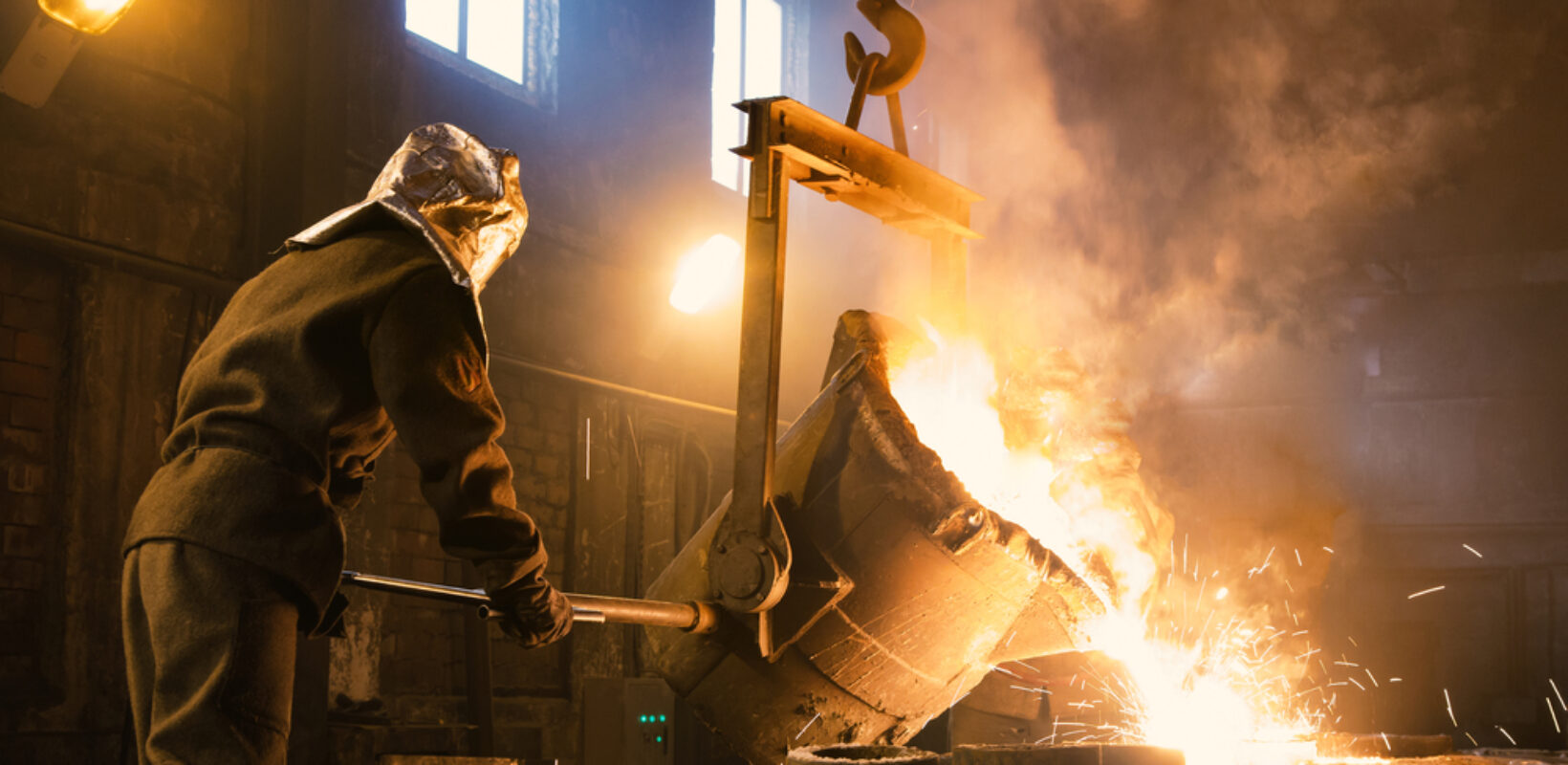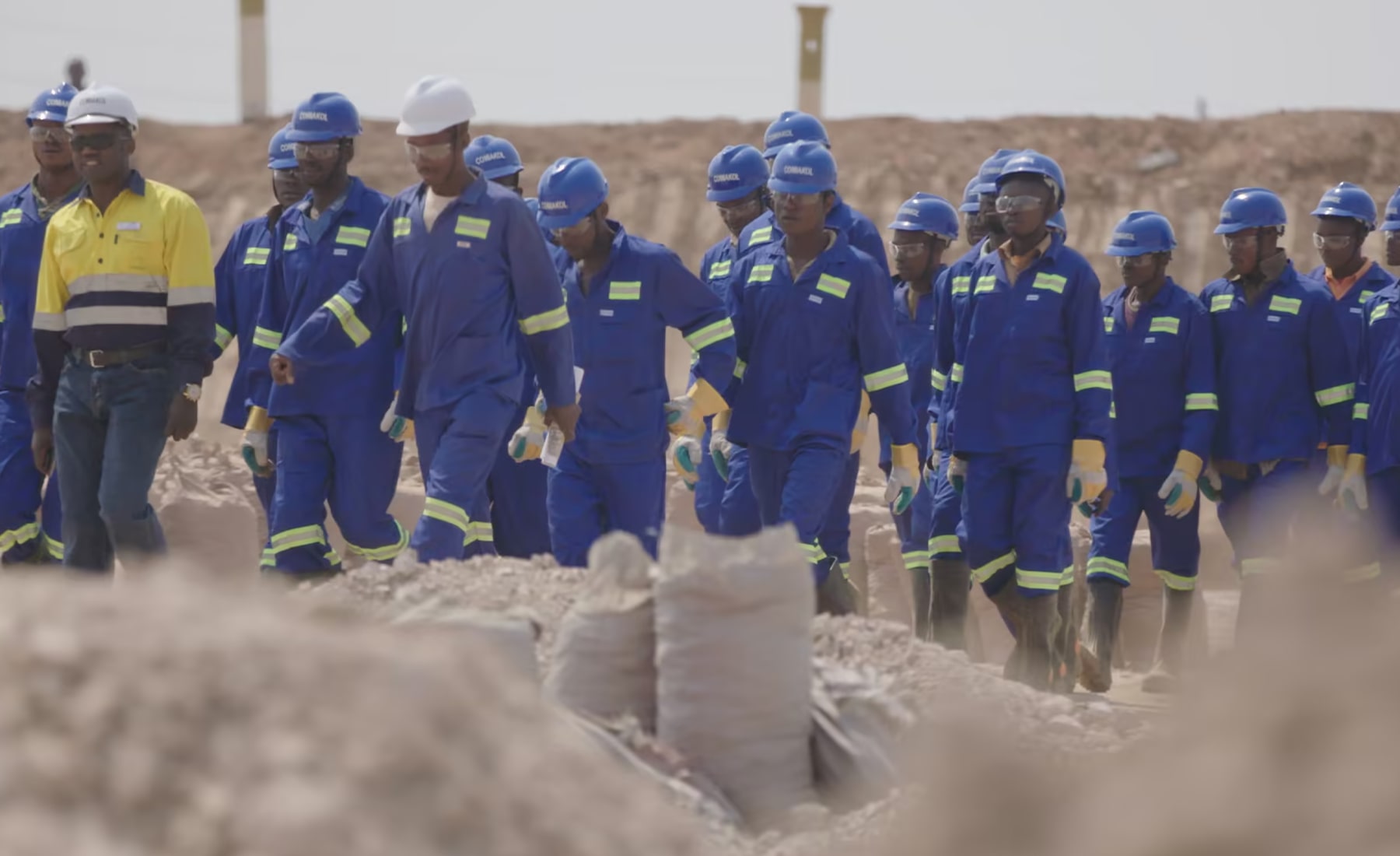
What does the new Consolidated Mining Standard mean for sustainability and compliance teams in the gold mining sector?
SUMMARY: The Consolidated Mining Standard (CMS) is a unified framework for the gold mining sector, combining several existing standards to set stricter requirements for sustainability and compliance. It introduces broader environmental, social, and supply chain expectations, with a focus on individual site assessments and accredited assurance providers. Gold mining companies must enhance their sustainability practices to meet these new, more detailed compliance requirements under the CMS.
Written by Jeremias Soto
The Consolidated Mining Standard Initiative (CMSI) represents a significant change in responsible mining practices, aiming to streamline compliance by integrating multiple existing standards. This shift follows increasing regulatory scrutiny, with expectations for greater environmental transparency, improved labour conditions and stronger supply chain oversight.
The Consolidated Mining Standard (CMS) incorporates elements from the Responsible Gold Mining Principles (RGMPs, introduced only six years ago), but widens its scope by integrating requirements from other mining frameworks. This raises three key questions for gold mining companies:
- Will existing RGMP-compliant companies need to adjust their practices?
- How much overlap exists between RGMPs and CMS?
- What will the assurance process look like under the new system?
The Consolidated Mining Standard: The basics
Since 2023, the CMSI has been developing the standard. This unified standard consolidates four major responsible mining frameworks: Copper Mark, Mining Association of Canada’s Towards Sustainable Mining (TSM), World Gold Council’s Responsible Gold Mining Principles (RGMPs) and ICMM’s Mining Principles.
The CMS is structured around 24 performance areas, categorised into four key pillars:
- Ethical business practices,
- Worker and social safeguards,
- Social performance, and
- Environmental stewardship.
The CMS remains under development, with certain definitions and requirements subject to change. While its foundational structure is expected to stay consistent, some elements discussed may become outdated.

CMS and RGMPs: What should companies keep in mind?
Comparing the CMS with the RGMPs reveals some key shifts—not just in structure and assurance, but also in the way mining companies will need to approach compliance. While the CMS builds on the foundations laid by the RGMPs without radically expanding their scope, it introduces sharper requirements, broader thematic coverage, and a more integrated assurance model. The result will be a more detailed and unified compliance framework.
Key considerations:
- Some overlap: The CMS shares considerable common ground with the RGMPs, as it primarily builds upon and refines the themes already addressed in the RGMPs. However, the CMS sets itself apart with a more detailed framework and a slightly broader focus in key areas. While many of the 24 performance areas within the CMS echo the topics outlined by the 10 RGMP principles, new requirements such as the circular economy, mineral revenues, crisis management, and expansion impact assessments broaden its scope. But not all performance areas apply universally – for instance, the circular economy standard is tailored exclusively for smelters. Additionally, the CMS introduces stricter and more specific requirements for implementation, particularly in areas like supply chain responsibilities, safety protocols, emergency planning and environmental stewardship.
- Need to adjust practices: Organisations adhering to the RGMPs should anticipate some notable changes to meet the CMS’s enhanced standards. Businesses may find that existing practices fall short of the detailed expectations outlined in the CMS, necessitating more robust measures in areas such as supply chain responsibilities and environmental stewardship. They might also need new measures for requirements such as crisis management and transparency of mineral revenues. Furthermore, the CMS’s emphasis on site-level compliance demands a shift in focus, requiring companies to implement tailored strategies at individual facilities while addressing select corporate-level requirements.
- Different assurance process: Under the CMS, the assurance process will adopt a stricter framework, requiring external assurance providers to obtain accreditation from the CMSI. This represents a significant departure from the RGMPs, where accreditation was not mandated. Only providers approved by the CMSI will be permitted to certify site compliance, aligning with the CMS’s focus on site-specific implementation rather than company-wide assessments.
So, what now?
With public consultations reopening this autumn and the standard nearing completion, it’s a key moment for companies to engage and start preparing for the CMS, as well as to participate in the upcoming consultation process. This second round of public consultations offers an excellent opportunity to review the updated framework, provide inputs and gain a deeper understanding of the evolving requirements.
Full implementation of the CMS is projected to take at least four years, with exact timelines still under consideration. Companies operating under the RGMPs should begin preparing for this transition, especially given the CMS’s heightened focus on individual site-specific compliance. Adapting to new areas beyond the RGMPs, such as the circular economy for smelters, and addressing stricter requirements for responsible supply chains, will demand significant investments in resources, time and planning.
The CMS represents a fundamental shift in responsible mining oversight, offering companies an opportunity to lead the way in sustainable practices. Now is the time to act – for businesses wishing to stay ahead of the curve, start aligning your operations with the forthcoming requirements and reinforce your commitment to responsible mining.

